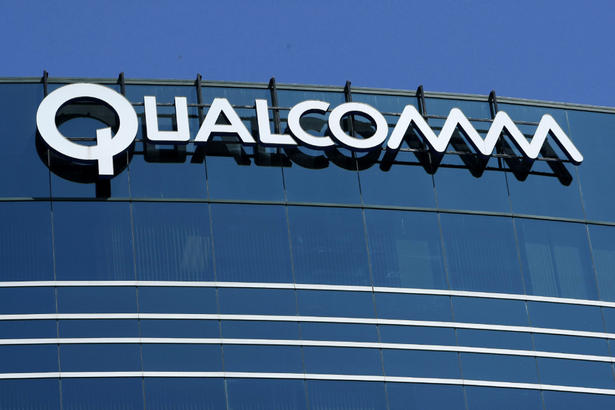According to Qualcomm the move is to provide protection for their IP (intellectual property) while allowing them the freedom to continue to develop new products. You can read this as it is or you can take a look at what it really means. Since the Business end will not own any patents it has a small form of insulation from litigation. If someone wants to go after them they are differed to the licensing division. This will allow them a large amount of flexibility during an attack. In the report we covered it listed a lack of development and updates during a court proceeding as one of the major impacts to businesses. By splitting like this it is conceivable that unless someone gets a direct ban on a product the company can continue to work.
This seems to be the working pattern lately more companies are finding ways to make the most of the patent system or trying to find ways to protect themselves from the abuses of the system. Either way the shielding used by an intermediary company is not a new thing. We saw Apple do it when they tried to by the iPad name from ProView and we have seen others do the same things (I once worked for a travel company that had almost no employees, we all worked for another company (Owned by the first) which leased all of us to the original. So creative ideas like these will pop up more and more as loopholes are found in the system.
Now although we see the move as more protective than anything else it could also be the start of Qualcomm entering the patent wars as a major player. They do have quite a patent portfolio of their own after all
Discuss this in our Forum

 Two days ago we wrote an article about how NPE (Non-Practicing Entities) are hurting the economy and small businesses. Our article was based on a report that was put together by the Boston University School of Law which showed that the use of NPEs in patent lawsuits cost $29 Billion in direct costs. Despite this many companies are moving to this model as a method of protection from patent lawsuits. We have seen Microsoft and Nokia do this and it seems that Qualcomm is splitting their business into two entities now too.
Two days ago we wrote an article about how NPE (Non-Practicing Entities) are hurting the economy and small businesses. Our article was based on a report that was put together by the Boston University School of Law which showed that the use of NPEs in patent lawsuits cost $29 Billion in direct costs. Despite this many companies are moving to this model as a method of protection from patent lawsuits. We have seen Microsoft and Nokia do this and it seems that Qualcomm is splitting their business into two entities now too.

